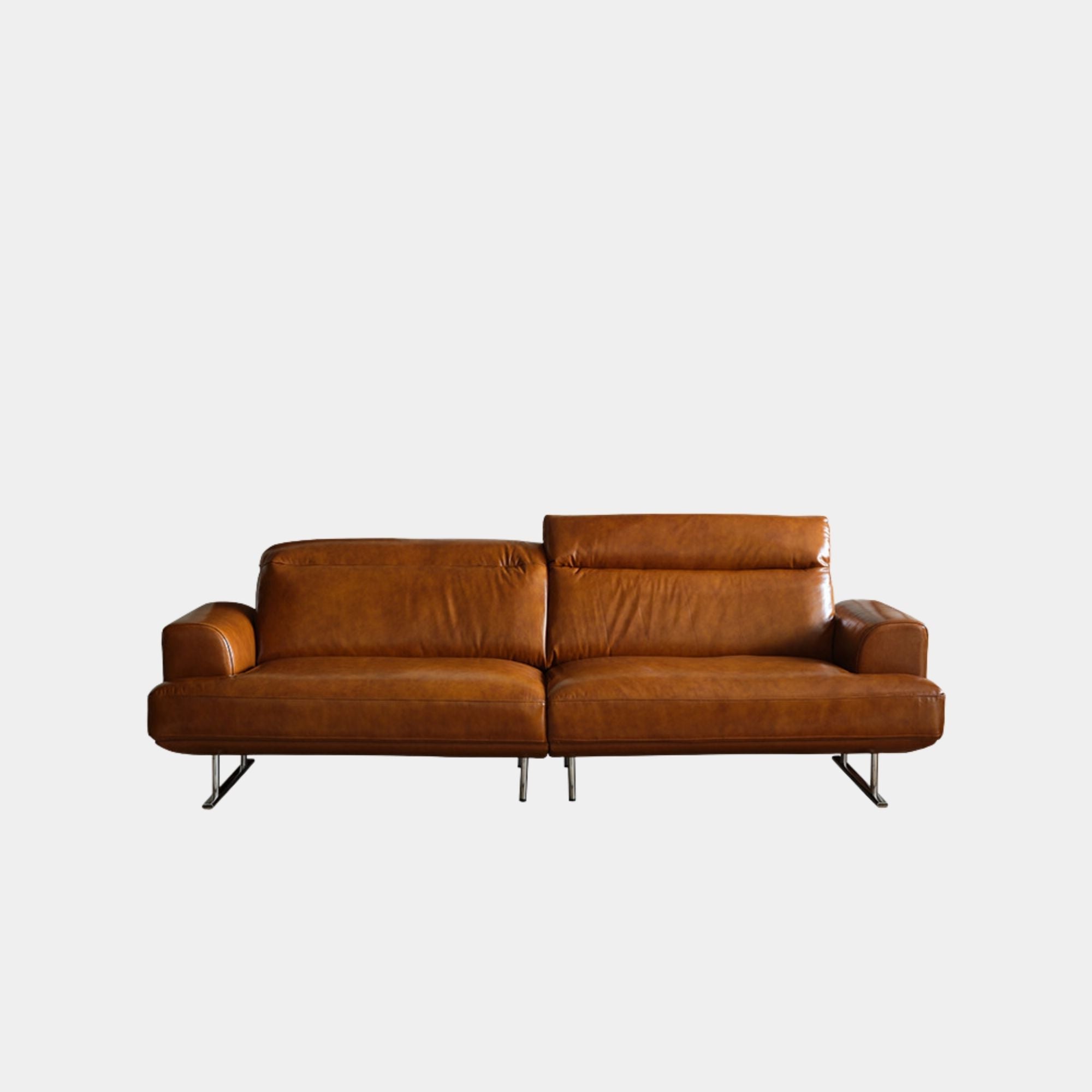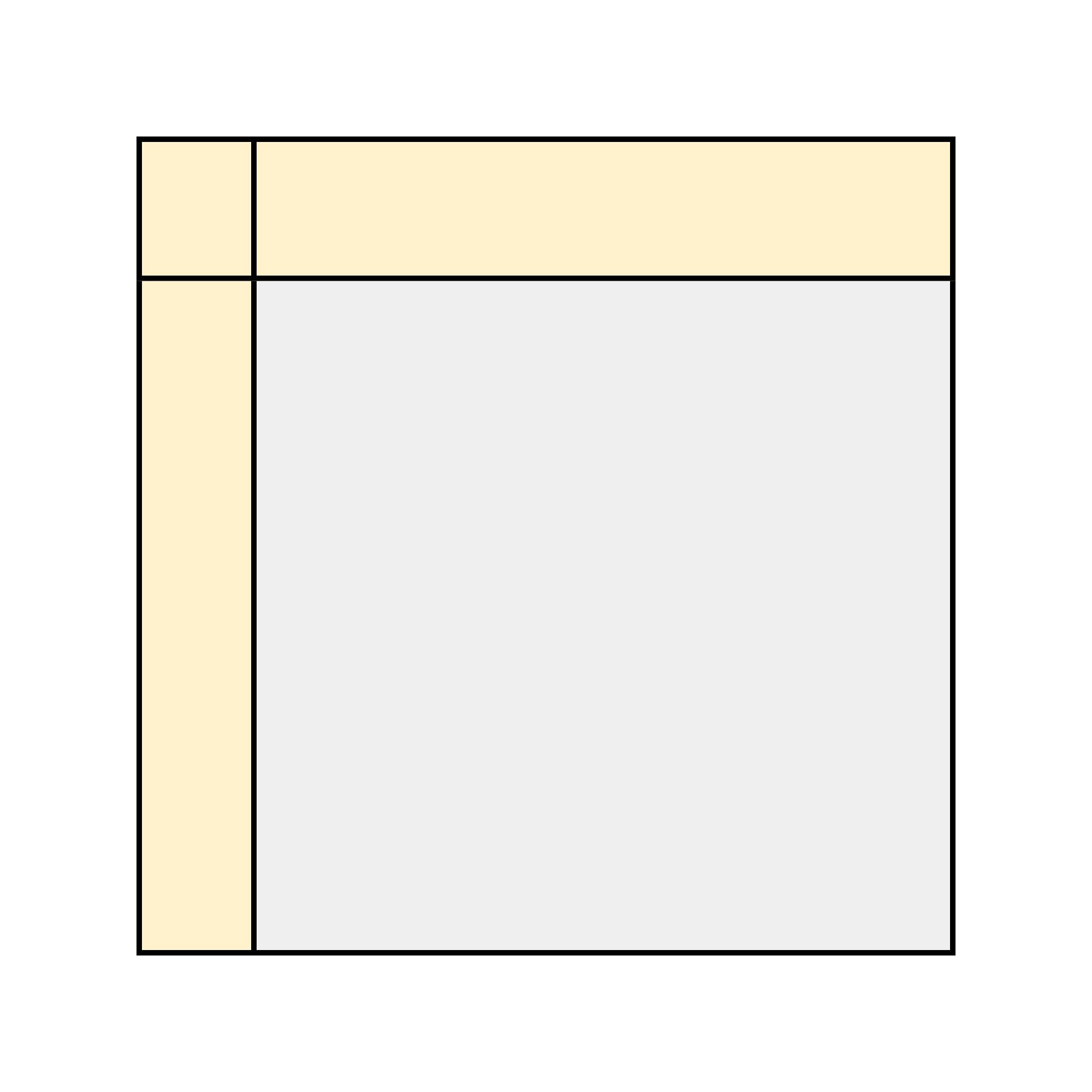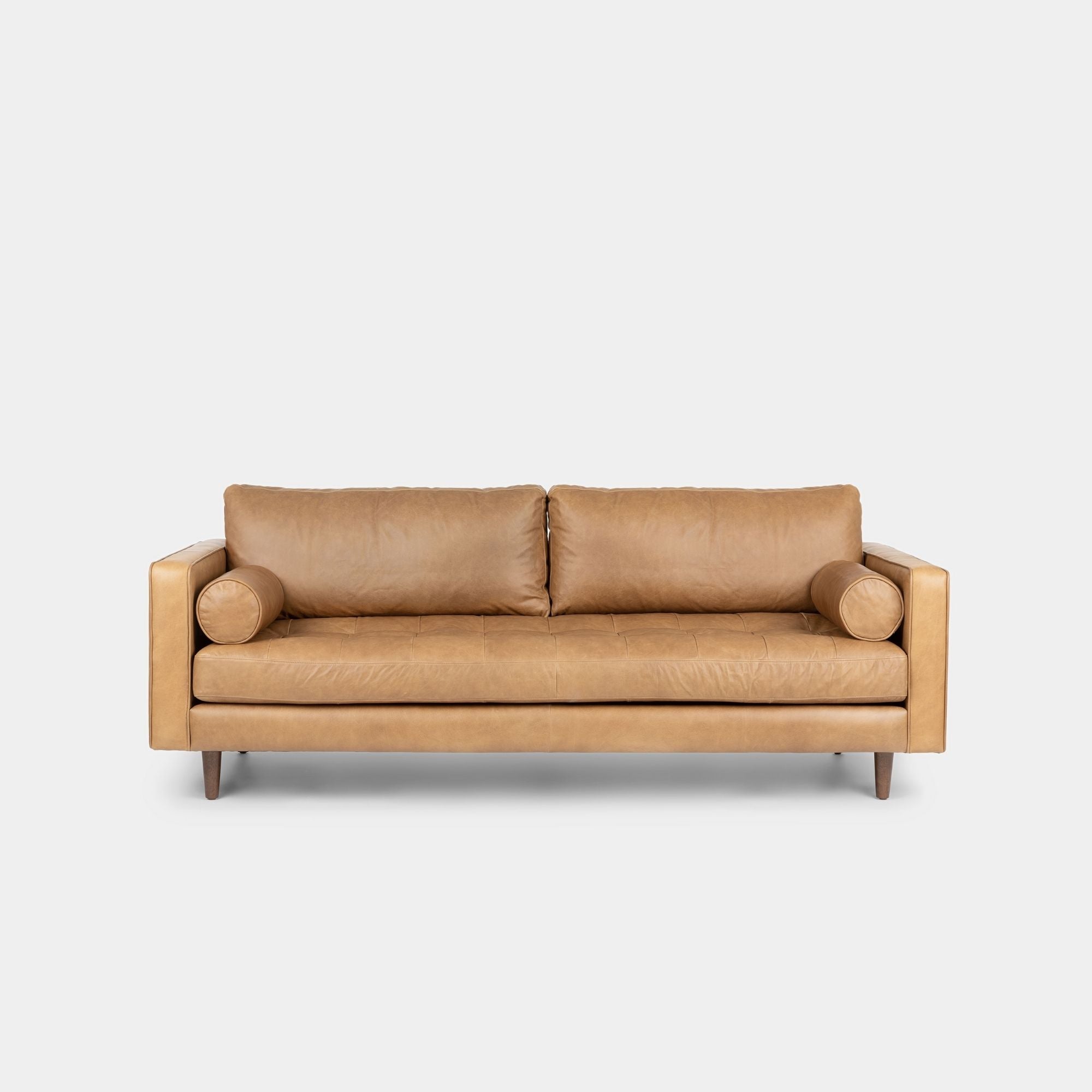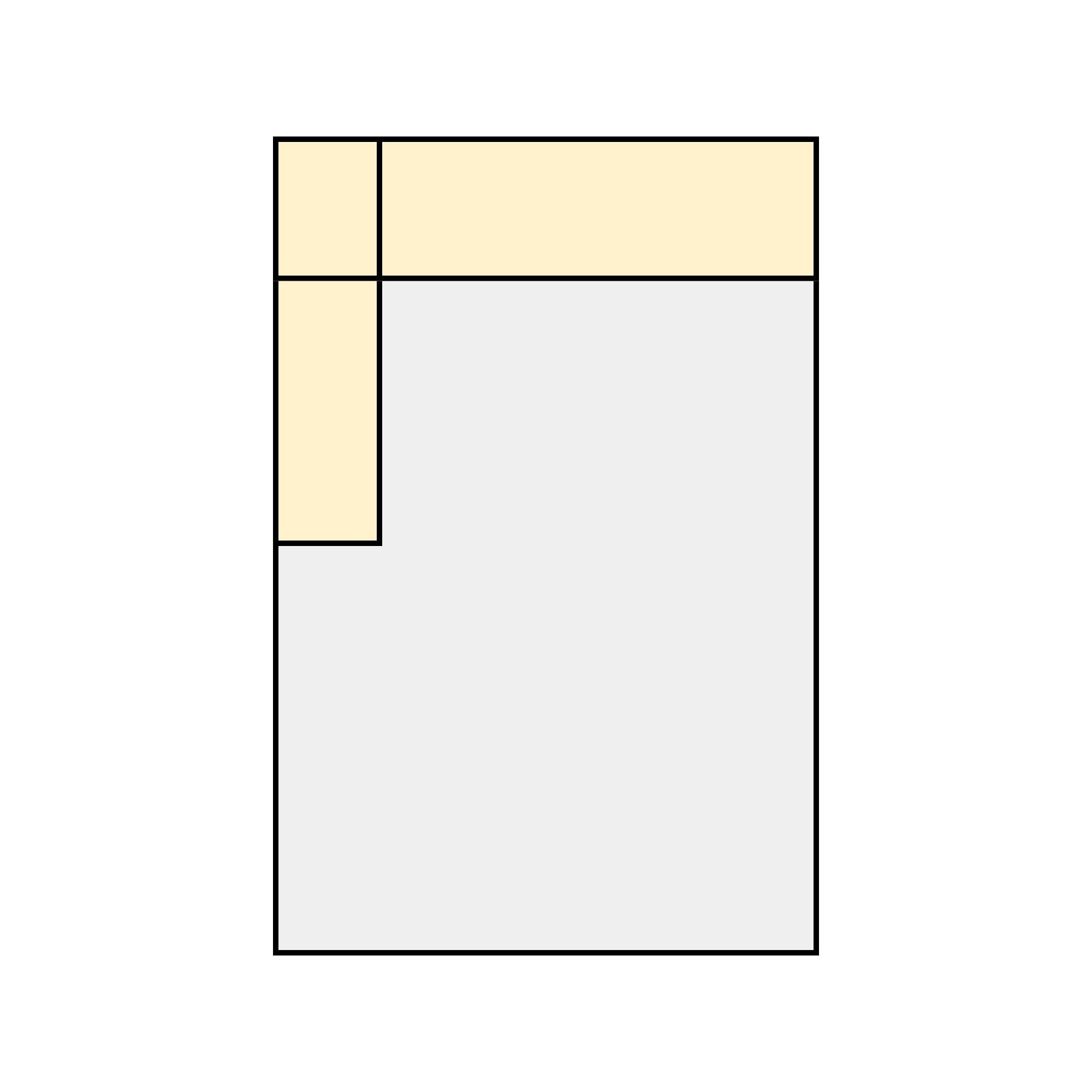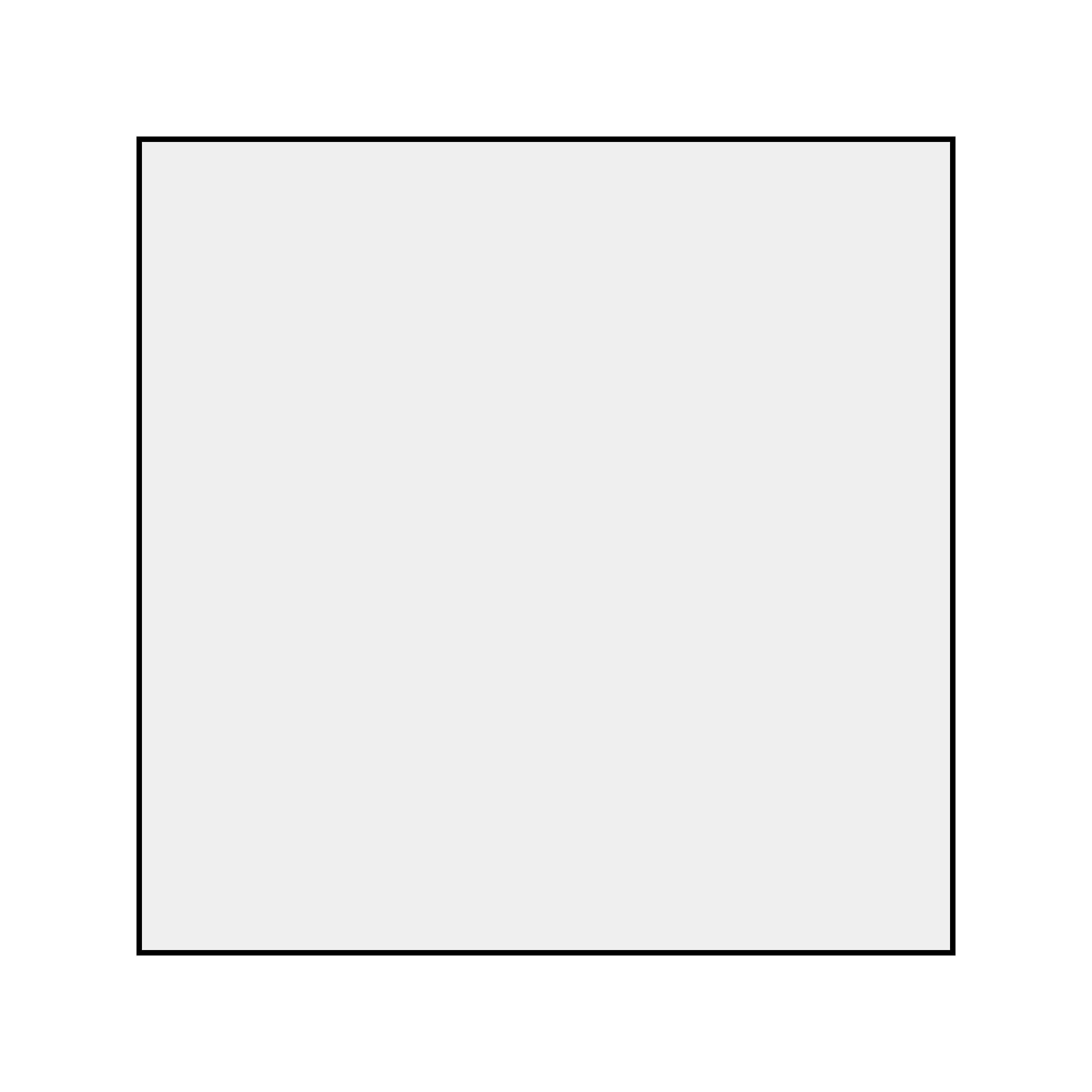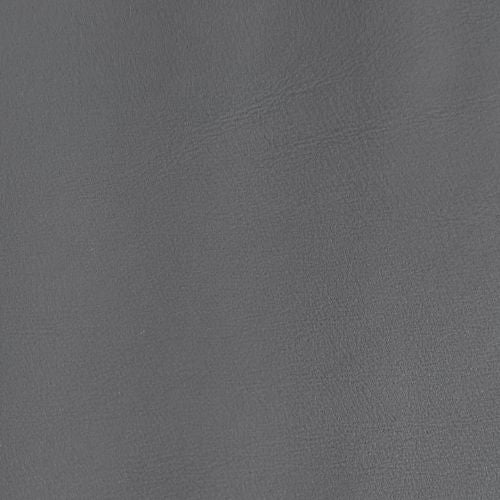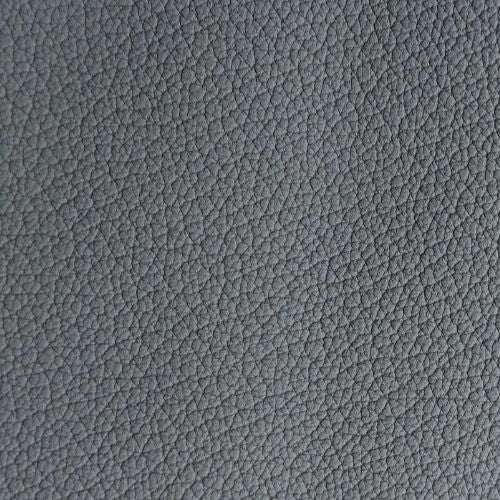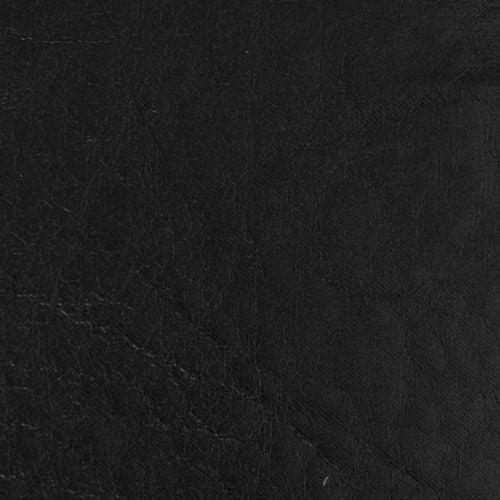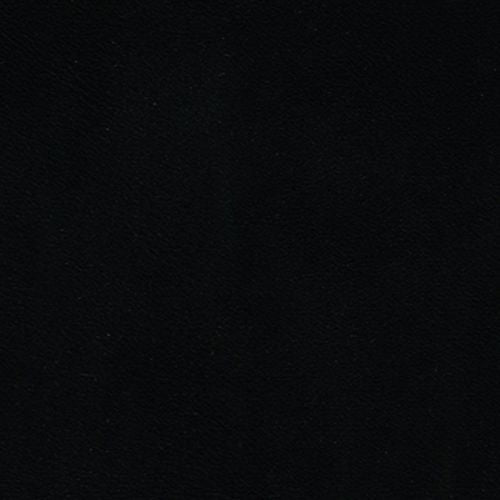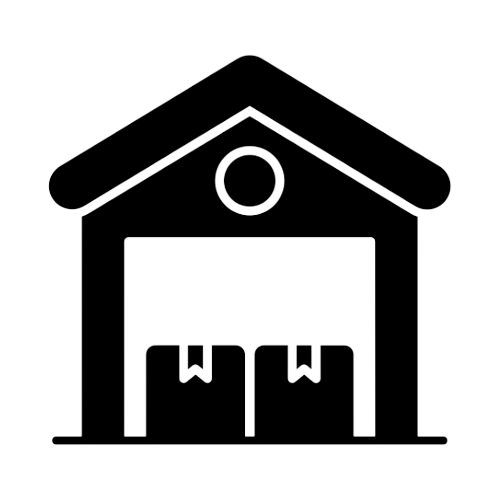Browse through some common questions that people may have. Reach out if still in doubt!
Guide
What is considered a deep seat sofa and is it right for me?
A deep seat sofa typically has a seat depth of 56 cm or more from the front edge to the back cushion. This allows for a more relaxed, lounge-friendly seating position, as it gives ample room to sit back and stretch out your legs. Standard seat depths are usually between 45 to 56 cm, so anything beyond this is considered deep.
A deep seat sofa is great for those who prioritise comfort and want a sofa suitable for lounging. It works especially well for taller individuals who need more seat depth to sit comfortably. If you have a larger living area and like to relax or entertain guests, a deep seat sofa can be an excellent choice.
While deep seat sofas are great for comfort, they might not be ideal for smaller rooms, as they can take up more floor space. They may also feel too deep for shorter individuals, making it difficult to sit upright with feet touching the floor. Additionally, if you prefer more formal or upright seating, a deep seat sofa might not provide the support you’re looking for.
Is assembly required for your sofas?
Yes, our sofas require some assembly at the customer's place.
This usually involves attaching the legs or connecting different sofa modules.
This set up helps facilitate transportation through narrow spaces like lifts or corridors.
What is the difference between a sofa, couch, and settee?
The terms "sofa," "couch," and "settee" have different origins:
- Sofa comes from the Arabic word ṣuffah, meaning a wooden bench covered with cushions.
- Couch comes from the French word coucher, meaning to lie down, emphasizing comfort.
- Settee has British roots and traditionally refers to a long seat with a backrest for more formal settings.
Today, these terms are often used interchangeably to describe the same type of furniture — your sofa can now also mean my couch.
What is the overall width for a 4 seater sofa?
A standard 4 seater sofa typically measures between 260cm to just under 300cm in width.
This size provides generous seating space, offering a comfortable arrangement for four individuals.
What type of faux leathers do you offer?
We offer two types of faux leather finishes - matte and glossy:
- Matte faux leather series: Offers a sleek, modern look, perfect for minimalist and contemporary styles. It provides a subtle, understated finish that blends well with modern decor themes.
- Glossy faux leather series: Brings a more traditional, luxurious vibe, ideal for those seeking a vintage or classic appearance. Its shiny surface adds a touch of elegance and grandeur to spaces with more ornate or retro design elements.
How to choose what faux leather to use?
The choice of faux leather depends on your lifestyle and home decor style:
- If you have pets, our matte faux leather series is more ideal as they are more scratch resistant.
- In addition, consider the overall style of your home to decide between matte or glossy finishes.
- Lastly, explore the colour options and grain patterns across different faux leather series to find the best fit to match your home’s look.
Should I choose faux leather with fine grain or textured grain patterns?
The grain pattern is determined by the embossing technique used. When it comes to selection, the following considerations are helpful:
- Durability: Textured grain patterns has a bumpy surface and are often seen as more durability as scratches and creases are less visible.
- Touch: Textured grain patterns feel more rugged and tactile while flat grain patterns provide a smoother, softer touch
- Style: Depends on your personal styling preference
What makes pet friendly faux leather scratch resistant?
When pets scratch on the pigmented surface of faux leather, it may cause the pigment to wear off, leaving scratch marks.
In pet friendly faux leather, the pigment and fabric backing are reinforced with silicone glue, improving adhesion and making it more resistant to scratches.
What is the difference between microfibre, leathaire, PU and PVC?
These terms refer to different components used in faux leather production:
- Microfiber describes the fabric backing, which uses very fine fibers. This creates fewer gaps, reducing cracks on the surface over time.
- Leathaire refers to microperforations on the pigmented surface, which improve breathability by mimicking the air pores of genuine leather. However, these perforations may reduce durability.
- PU (Polyurethane) and PVC (Polyvinyl Chloride) are materials used for the pigmented surface. PU is considered a more durable option as it was developed as an improvement to PVC.
What is the benefit of choosing black and dark grey sofas?
Black and dark grey sofas offer a bold, timeless aesthetic. These colours are often associated with sophistication, elegance, and modernity.
Black evokes feelings of confidence and refinement, while dark grey adds a touch of subtlety and versatility.
Both can serve as statement pieces, anchoring a room's design whilst allowing other elements such as artwork, cushions, or rugs to take prominence.
What design styles work well with black and dark grey?
Black and dark grey sofas are highly versatile and complement various design styles, including:
- Modern and minimalist: Their sleek, clean appearance enhances minimalist interiors.
- Industrial: Both shades pair well with exposed metal, concrete, and dark wood often found in industrial-style spaces.
- Glamorous: Black and dark grey can be paired with metallic accents and luxurious materials such as velvet to create an opulent look.
- Contemporary: These deep hues provide striking contrast and work beautifully alongside bold geometric patterns or abstract artwork.
What cushions work well with black and dark grey sofas?
Neutral cushions in tones such as grey, white, or beige provide subtle contrast, softening the bold presence of black or dark grey.
For a splash of colour, jewel tones like emerald green, royal blue, or mustard yellow can add vibrancy.
Metallic tones such as gold and silver add a touch of luxury, while deep reds or burnt oranges provide warmth.
What rugs work well with black and dark grey sofas?
Neutral rugs in shades of beige, grey, or cream create balance with the darker tones of a black or dark grey sofa.
For a more dramatic effect, patterned rugs in black and white, or those featuring geometric designs, can enhance a modern aesthetic.
For a softer, cosier feel, plush rugs in muted tones or textured wool options provide warmth and contrast.
What wall colour work well with black and dark grey sofas?
Light or neutral wall colours such as off-white, light grey, or beige help to balance the darker tones and can make a room feel more spacious.
For a more dramatic effect, deep greens, rich blues, or even dark greys offer a sophisticated backdrop that pairs harmoniously with black or dark grey sofas.
